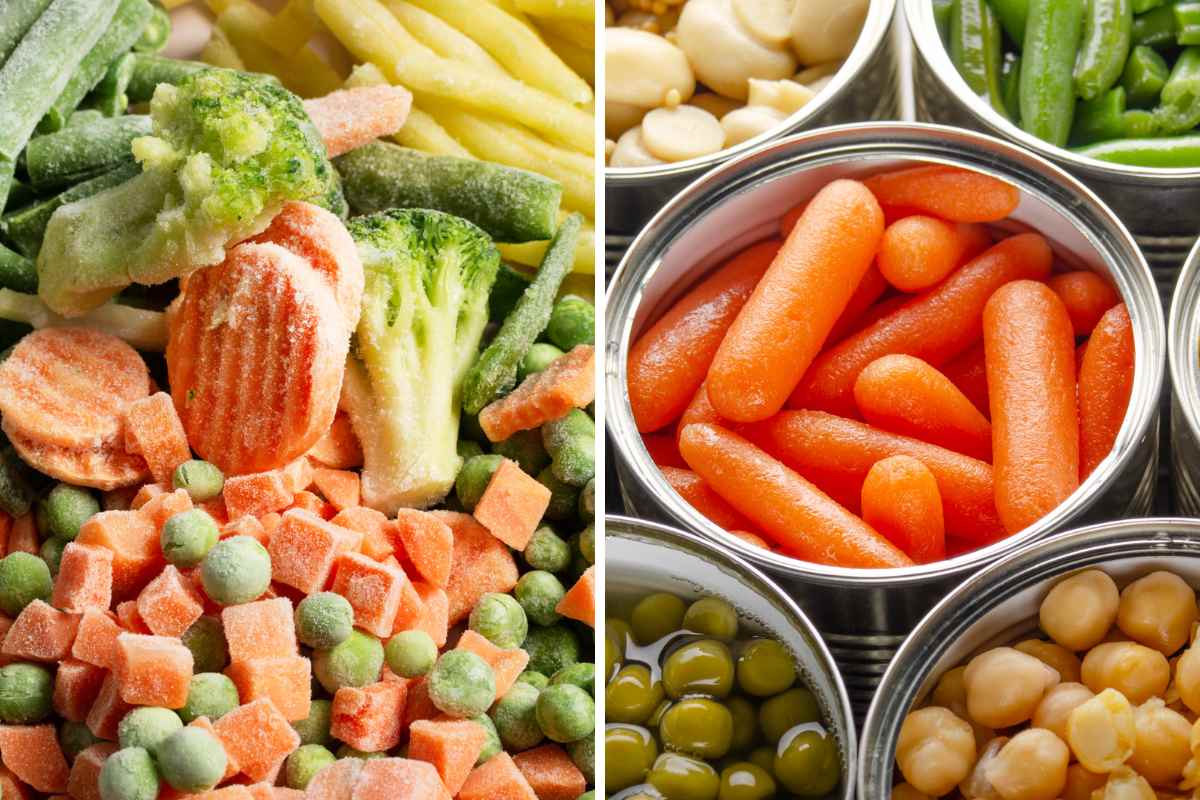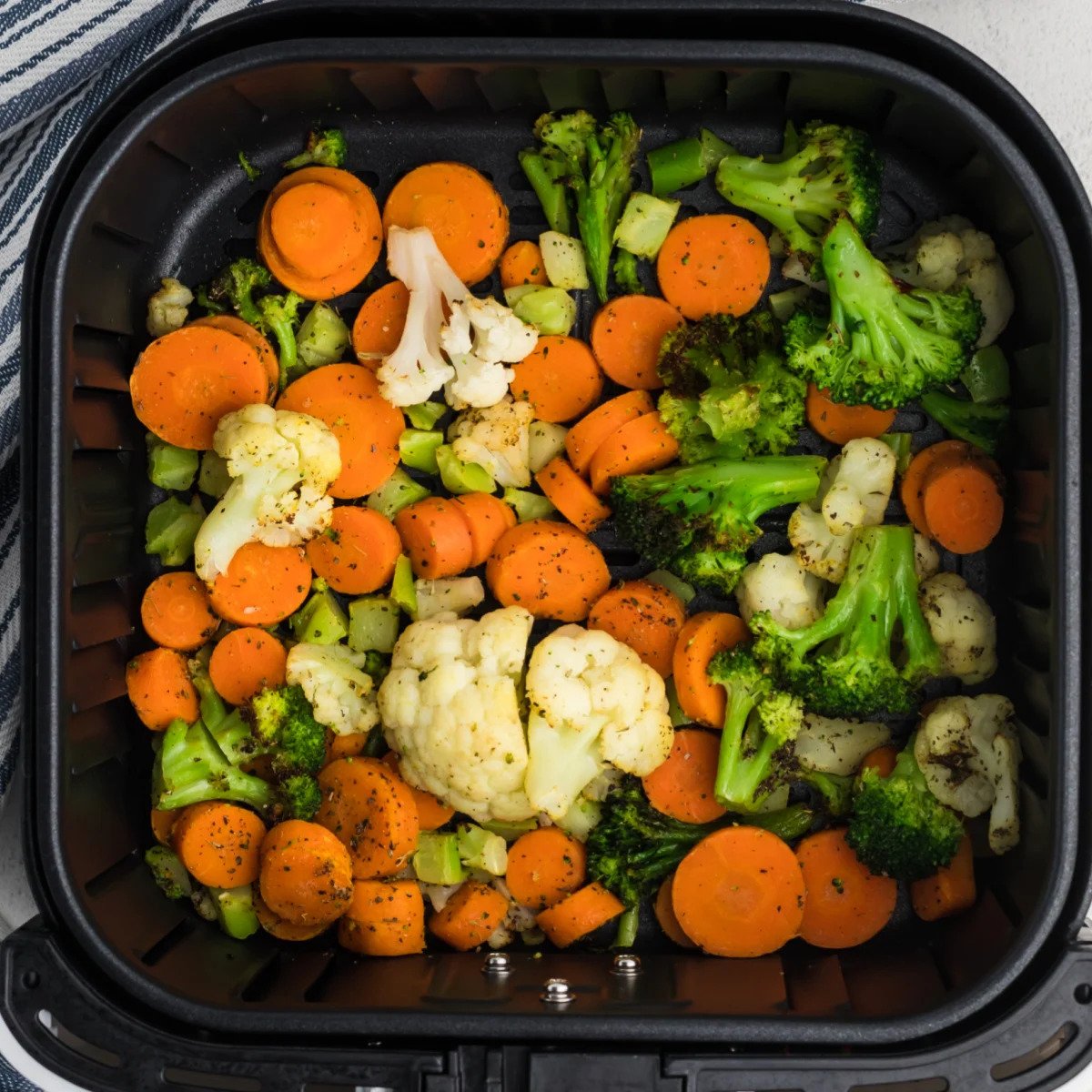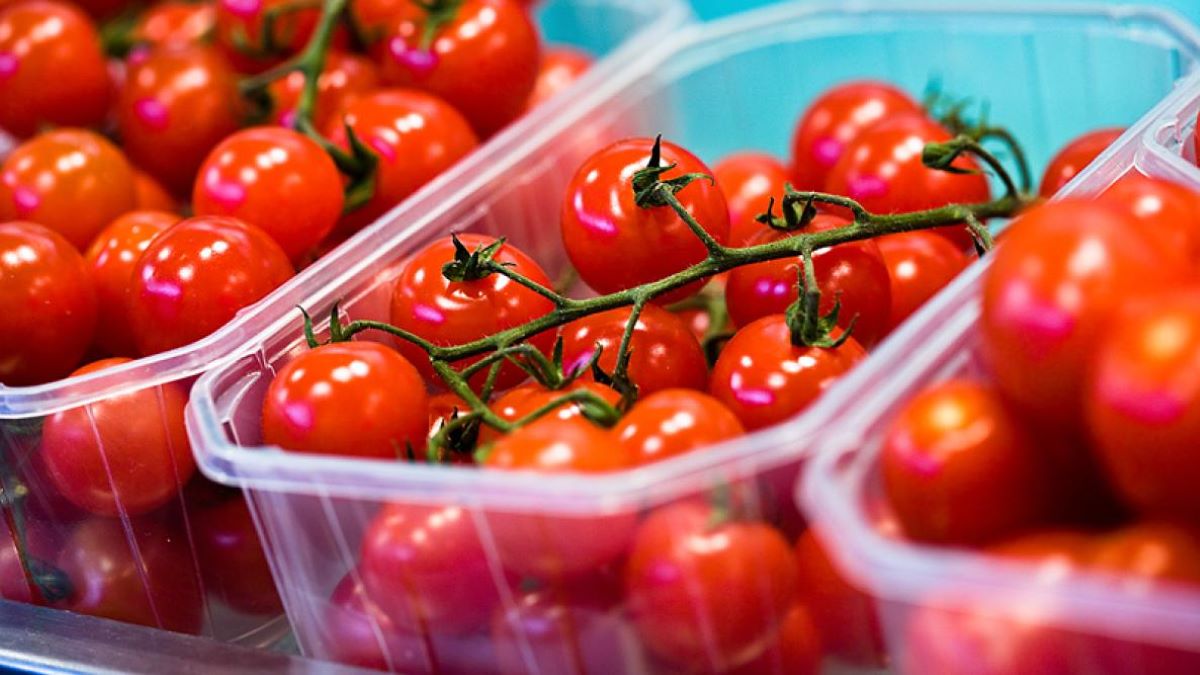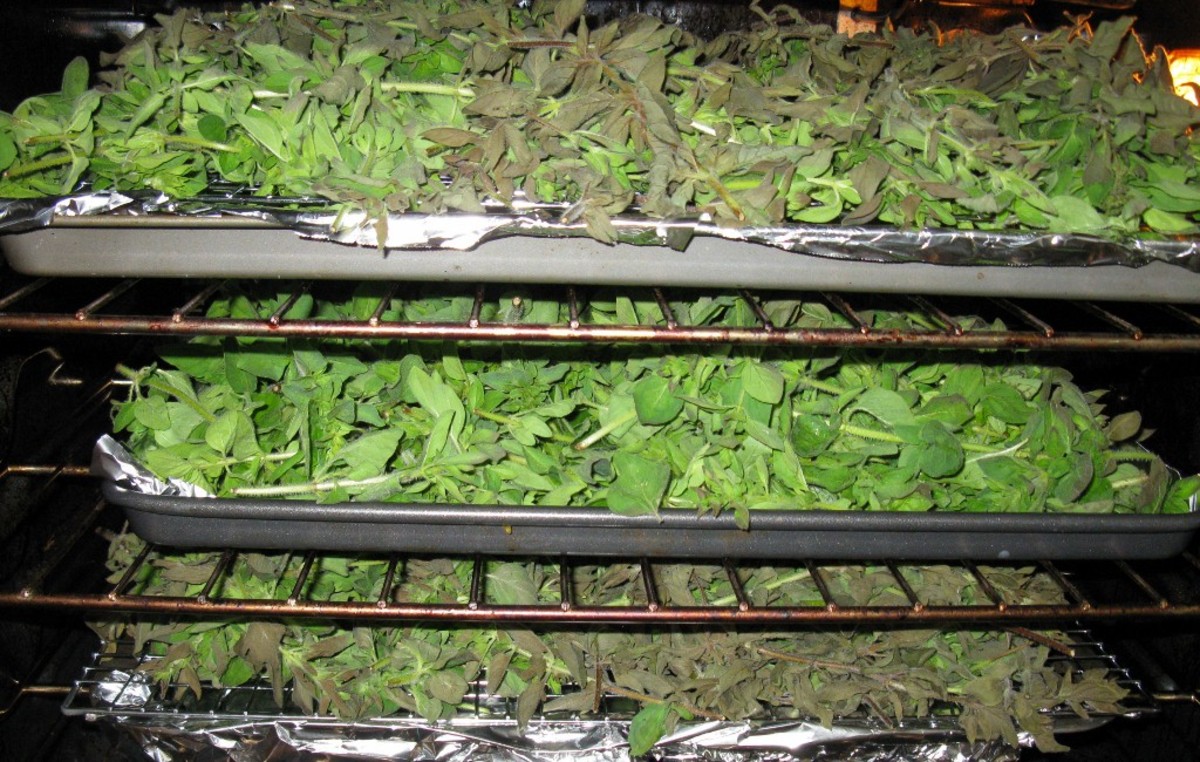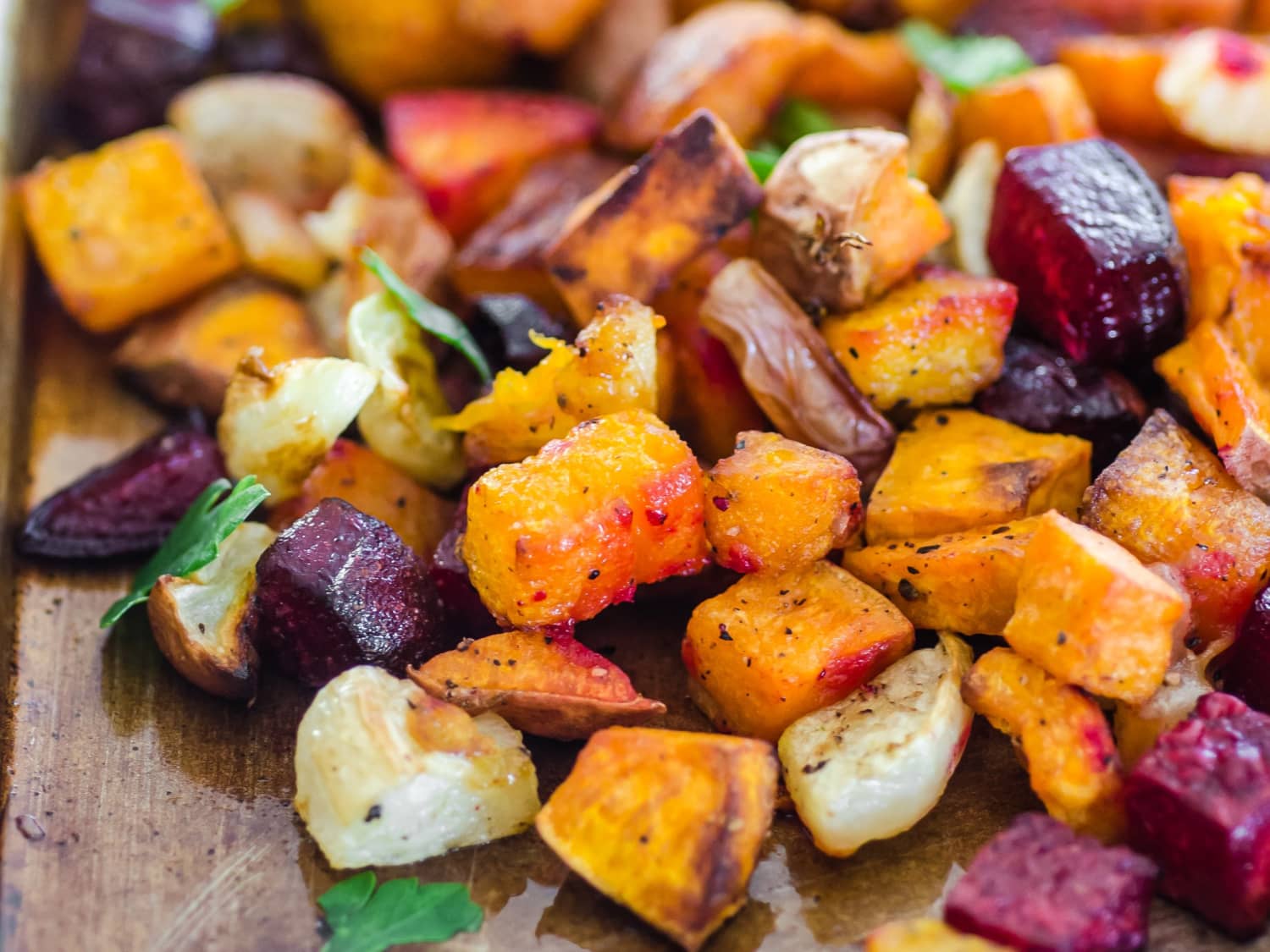Home>Gardening News and Trends>Latest News>How Long To Dehydrate Frozen Vegetables
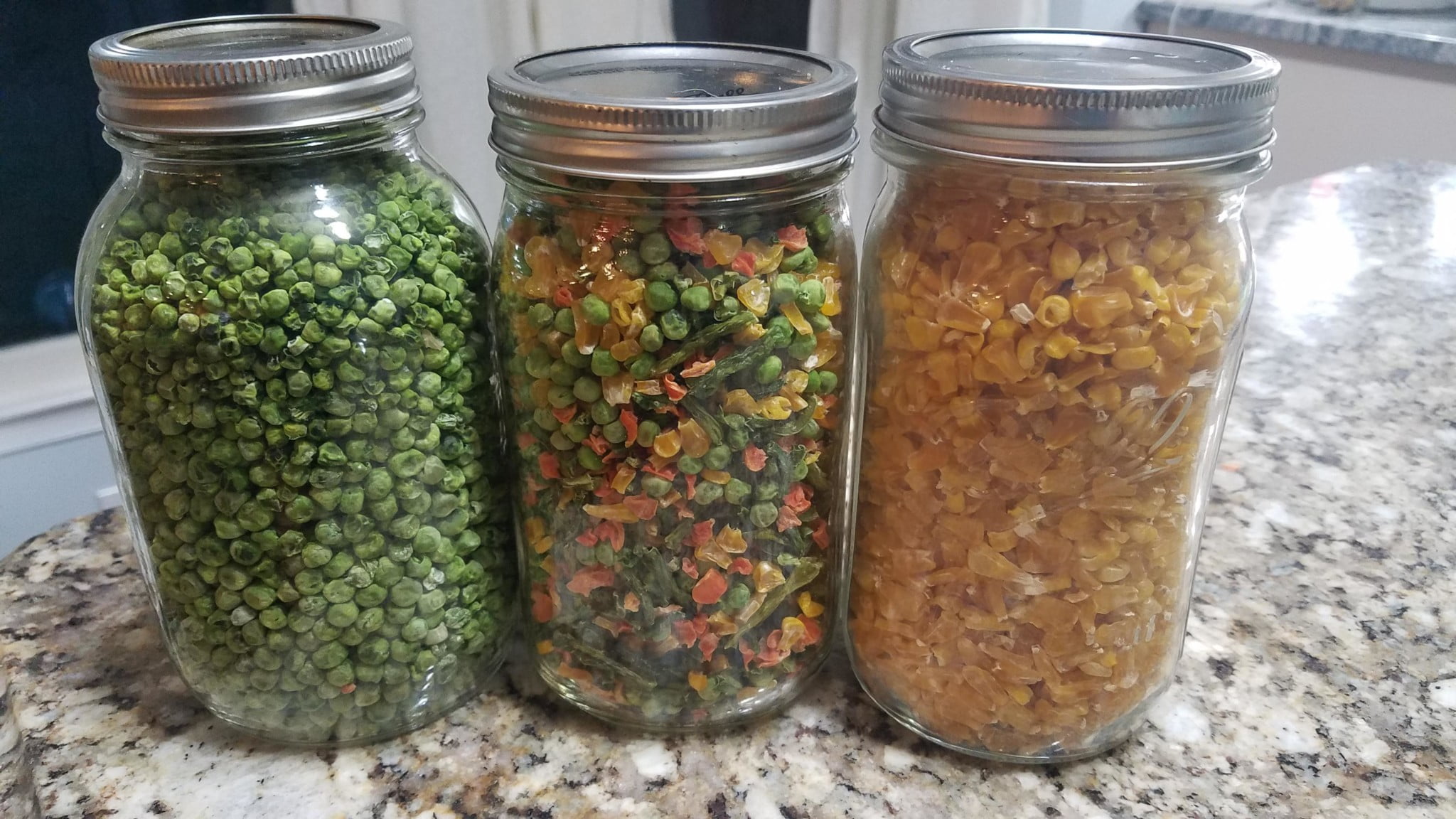

Latest News
How Long To Dehydrate Frozen Vegetables
Modified: January 22, 2024
Stay updated with the latest news on how long it takes to dehydrate frozen vegetables. Discover tips and tricks for preserving your favorite veggies in the most efficient way possible.
(Many of the links in this article redirect to a specific reviewed product. Your purchase of these products through affiliate links helps to generate commission for Chicagolandgardening.com, at no extra cost. Learn more)
Table of Contents
Introduction
Welcome to the world of dehydrating frozen vegetables! If you’re looking for a convenient and efficient way to preserve your favorite produce, dehydrating them can be a game-changer. Dehydrating frozen vegetables not only extends their shelf life but also retains their nutritional value, flavors, and vibrant colors. Whether you’re a seasoned food preservation enthusiast or an amateur looking to explore new techniques, dehydrating frozen vegetables allows you to stock up on nutritious ingredients that can be used in a variety of dishes throughout the year.
Dehydration involves removing the moisture content from the vegetables, which inhibits the growth of mold, yeast, and bacteria, ensuring their longevity. This process is different from freeze-drying, where the vegetables are frozen and then subjected to a vacuum to remove the ice crystals. Dehydrated vegetables can be stored at room temperature in airtight containers, making them a convenient and space-saving option.
The benefits of dehydrating frozen vegetables are plenty. Firstly, it eliminates the need for constant refrigeration or freezing, freeing up precious space in your freezer. Secondly, dehydrated vegetables are lightweight and portable, making them an excellent choice for camping trips, hiking adventures, or even as emergency food supplies. Additionally, dehydrated vegetables are incredibly versatile and can be used in soups, stews, salads, sauces, or even rehydrated and enjoyed as a snack.
Like any preservation method, the time required to dehydrate frozen vegetables can vary depending on several factors. The type of vegetable, its water content, thickness of slices, and temperature and humidity levels in your dehydrator all play a role in determining the overall drying time. In the following sections, we will explore these factors in detail and provide you with recommended dehydration times for different vegetables to ensure optimal results.
Whether you’re a fan of bell peppers, carrots, peas, or corn, dehydrating frozen vegetables opens up a world of possibilities for you to enjoy these nutritious ingredients all year round. So, let’s dive in and discover the art of dehydrating frozen vegetables!
Benefits of Dehydrating Frozen Vegetables
Dehydrating frozen vegetables offers a wide range of benefits, making it a popular choice for home cooks and food preservation enthusiasts. Here are some of the key advantages:
- Extended Shelf Life: One of the primary benefits of dehydrating frozen vegetables is the extended shelf life it provides. By removing the moisture content, the growth of mold, yeast, and bacteria is inhibited, ensuring that your vegetables remain fresh for a longer period.
- Nutritional Value Preservation: Dehydrating vegetables helps retain most of their nutritional value, including vitamins, minerals, and fiber. While some heat-sensitive vitamins may be slightly reduced, the overall nutrient content remains intact. Unlike canning or freezing, which can cause nutrient loss, dehydrating preserves the nutritional integrity of the vegetables.
- Convenience: Dehydrated vegetables are incredibly convenient to use. They are lightweight, compact, and easy to store, requiring minimal space in your pantry or kitchen. You can keep them on hand for quick and easy meal preparations, camping trips, or emergency food supplies.
- Versatility: Dehydrated vegetables can be used in a wide variety of dishes. They can be rehydrated and added to soups, stews, and casseroles, giving them a burst of flavor and nutrition. You can also grind them into powders to use as seasoning or incorporate them into dips, spreads, and salads.
- Cost-Effective: Dehydrating frozen vegetables allows you to take advantage of sales or buy in bulk when the produce is in season. By dehydrating and preserving these vegetables, you can save money and have a readily available supply of ingredients that would otherwise be expensive or hard to find during certain times of the year.
- Reduced Food Waste: Dehydrating frozen vegetables helps reduce food waste. You can rescue vegetables that are on the verge of spoiling and dehydrate them instead of throwing them away. It’s an excellent way to make the most of your produce and minimize waste in your kitchen.
Dehydrating frozen vegetables not only offers numerous practical benefits but also allows you to enjoy the flavors and textures of seasonal produce throughout the year. It’s a cost-effective, convenient, and nutritious way to incorporate vegetables into your everyday meals. So why not give it a try and embark on your dehydrating journey today?
Factors Affecting Dehydration Time
When dehydrating frozen vegetables, several factors can influence the overall dehydration time. Understanding these factors will help you achieve optimal results and ensure that your vegetables are properly dehydrated. Here are the key factors that can affect the dehydration time:
- Type of Vegetable: Different vegetables have varying water content and textures, which can influence how quickly they dehydrate. Leafy greens, such as spinach or kale, tend to dehydrate faster than denser vegetables like carrots or potatoes. It’s important to consider the characteristics of each vegetable when determining the dehydration time.
- Water Content: The water content of the frozen vegetables is a significant factor in the dehydration process. Vegetables with higher water content, such as zucchini or cucumbers, will take longer to dehydrate than those with lower water content, like mushrooms or peppers. The higher the water content, the longer it will take to remove the moisture and achieve the desired dehydration level.
- Slice Thickness: The thickness of the vegetable slices also affects the dehydration time. Thicker slices will take longer to dehydrate compared to thin slices. It’s important to maintain consistent slice thickness throughout the dehydrating process to ensure even drying and prevent some pieces from being over- or under-dehydrated.
- Temperature and Humidity: The temperature and humidity levels in your dehydrator play a crucial role in determining the dehydration time. Higher temperatures and lower humidity levels promote faster drying, while lower temperatures and higher humidity levels can significantly prolong the process. It’s essential to follow the manufacturer’s instructions for your specific dehydrator model and adjust the settings accordingly.
- Air Circulation: Proper air circulation is essential for efficient dehydration. Ensure that there is adequate space between the vegetable slices in the dehydrator trays to allow the air to circulate evenly. Overcrowding the trays can lead to uneven drying and increase the overall dehydration time.
- Altitude: The altitude at which you are dehydrating the vegetables can impact the dehydration time. Higher altitudes, where the air pressure is lower, can cause moisture to evaporate more quickly. If you live at a higher altitude, you may need to adjust the dehydration time accordingly.
By taking these factors into consideration, you can determine the appropriate dehydration time for each specific vegetable, ensuring that your results are consistent and satisfactory. Experimentation and keeping track of your drying times and results will help you find the perfect balance for each type of vegetable in your dehydrator.
Recommended Dehydration Time for Different Vegetables
When it comes to dehydrating frozen vegetables, having a general guideline for dehydration time can be helpful. While the actual drying time may vary depending on factors such as water content, slice thickness, and dehydrator settings, here are some recommended dehydration times for common vegetables:
- Leafy Greens: Spinach, kale, and lettuce typically take between 3 to 6 hours to dehydrate. Ensure that the leaves are thoroughly dried and crispy before removing them from the dehydrator.
- Root Vegetables: Carrots, beets, and parsnips, when thinly sliced, usually take 6 to 12 hours to dehydrate. Thicker slices or larger pieces may require additional time. The vegetables should be leathery and slightly flexible when properly dehydrated.
- Tomatoes: Sliced or halved tomatoes can take anywhere from 8 to 14 hours to dehydrate. The dehydrated tomatoes should be leathery and not sticky to touch.
- Peppers: Bell peppers, jalapenos, and chili peppers generally require 6 to 10 hours of dehydration time. The dehydrated peppers should be brittle and easy to snap.
- Corn: Frozen corn kernels, when properly blanched beforehand, typically take 8 to 12 hours to dehydrate. The dehydrated corn should be hard and brittle.
- Peas: Frozen peas can take around 10 to 14 hours to dehydrate. The dehydrated peas should be hard and not soft or squishy.
It’s important to note that these recommended dehydration times serve as a starting point. Factors such as the thickness of the slices, water content, and your specific dehydrator model may require adjustments in the drying time. Always monitor the progress of dehydration and test the vegetables for their desired texture before removing them from the dehydrator.
Remember to document your results and make notes for future reference. This will help you refine the dehydration times for each vegetable based on your preferences and the specific conditions of your dehydrator. With practice, you will become more familiar with the optimal dehydration times for different vegetables, ensuring consistent and successful results.
Tips for Dehydrating Frozen Vegetables
Dehydrating frozen vegetables can be a simple and rewarding process with the right techniques and tips. Here are some valuable tips to help you achieve optimal results:
- Preparation: Before dehydrating, it is recommended to blanch the vegetables by briefly immersing them in boiling water and then immediately plunging them into ice water. This helps preserve the color, texture, and flavor of the vegetables.
- Slice Thickness: Slice the vegetables evenly to ensure uniform drying. Thinner slices will dehydrate more quickly than thicker ones, so aim for consistency in size.
- Even Placement: Arrange the vegetable slices on the dehydrator trays in a single layer, ensuring proper airflow and even drying. Avoid overlapping or overcrowding the trays to promote efficient dehydration.
- Rotate Trays: To ensure even drying, rotate the trays in your dehydrator periodically. This will ensure that all the vegetables are exposed to consistent heat and airflow.
- Check for Dryness: Regularly monitor the progress of the vegetables during the dehydration process. The vegetables should be thoroughly dried, crisp, and brittle, with no moisture remaining. Be sure to test a few pieces to determine their overall dryness before removing them from the dehydrator.
- Storage: Once the vegetables are fully dehydrated, allow them to cool completely before storing them in airtight containers. Make sure the containers are moisture-free to prevent any reabsorption of moisture that can lead to spoilage.
- Labeling: Label the containers with the name of the vegetable and the date of dehydration to ensure proper tracking and rotation of your dehydrated vegetables.
- Rehydration: When you are ready to use the dehydrated vegetables, you can rehydrate them by soaking them in water or adding them directly to soups or stews. The recommended rehydration time will vary depending on the vegetable and your desired texture.
- Experiment and Have Fun: Don’t be afraid to experiment with different vegetables, spice blends, and flavor combinations. Dehydrating frozen vegetables opens up a world of culinary possibilities, allowing you to create unique and delicious dishes.
By following these tips, you will be well on your way to successfully dehydrating frozen vegetables. Remember to adjust the dehydration time based on the specific characteristics of each vegetable and take note of your experiences. With practice, you will develop your own techniques and preferences, ensuring that your dehydrated vegetables are of the highest quality and provide a lasting supply of nutritious ingredients for your culinary endeavors.
Conclusion
Dehydrating frozen vegetables is a fantastic way to preserve their flavor, nutrition, and vibrant colors. With the right techniques and considerations, you can enjoy the benefits of dehydrated vegetables throughout the year. From extended shelf life and nutritional value retention to convenience and versatility, dehydrating frozen vegetables offers numerous advantages for home cooks and food preservation enthusiasts.
Understanding the factors that affect dehydration time, such as the type of vegetable, water content, slice thickness, temperature, and humidity, is essential for achieving optimal results. It is also helpful to have a general guideline for recommended dehydration times. However, it’s important to remember that these times are approximate and can vary based on individual factors and preferences. Regular monitoring and testing of the vegetables during the dehydration process will ensure desired outcomes.
By following tips such as proper preparation, uniform slicing, even placement, and thorough drying, you can ensure that your dehydrated vegetables are of the highest quality. Storing them in airtight containers labeled with names and dates of dehydration will help you organize your supplies and maintain freshness. And don’t forget to have fun and experiment with various vegetables and flavors to make your dehydrated creations even more exciting and unique.
So, whether you’re looking to stock up on vegetables when they are in season, reduce food waste, or enjoy nutritious ingredients on your outdoor adventures, dehydrating frozen vegetables is a practical and rewarding preservation method. Give it a try and unlock a world of culinary possibilities while keeping your pantry filled with delicious and healthy ingredients.




